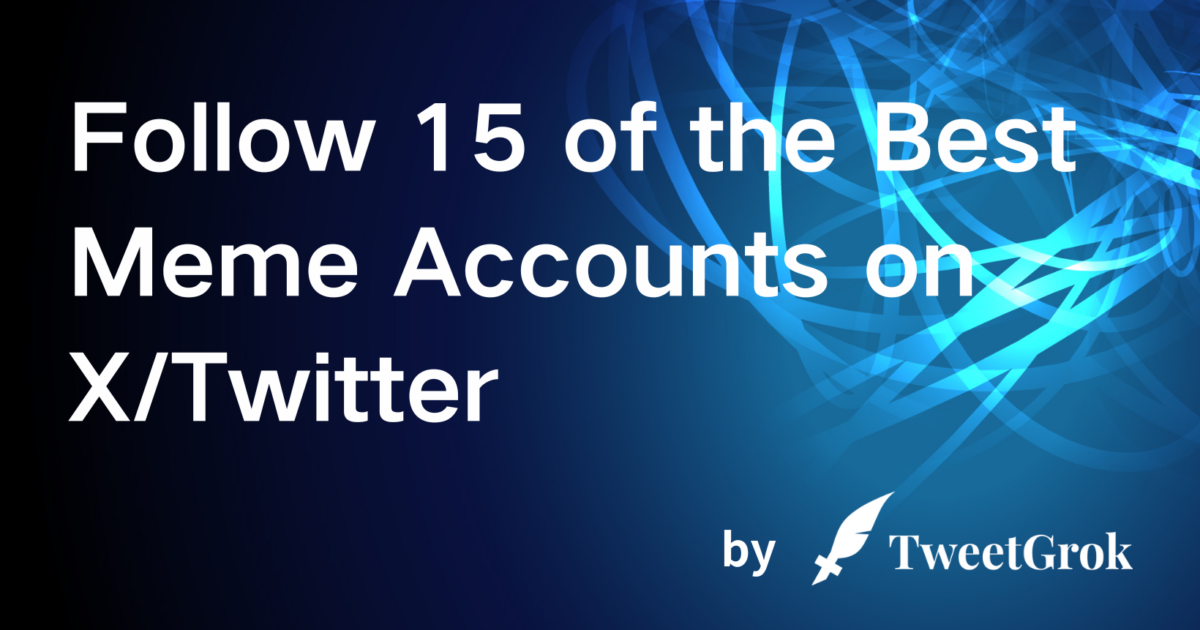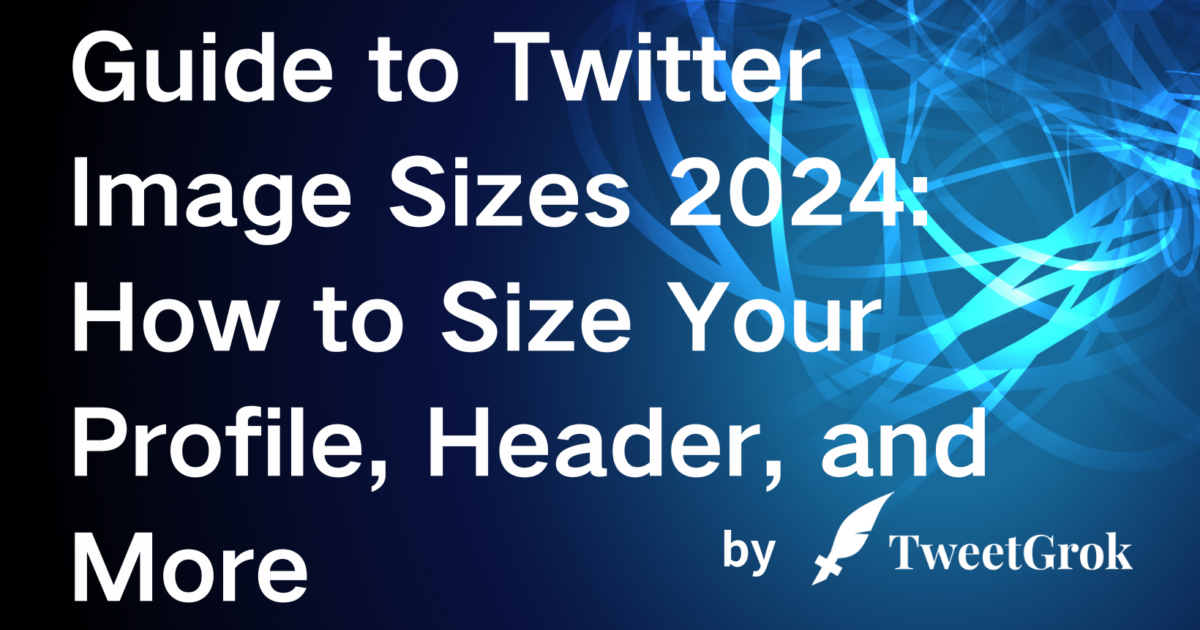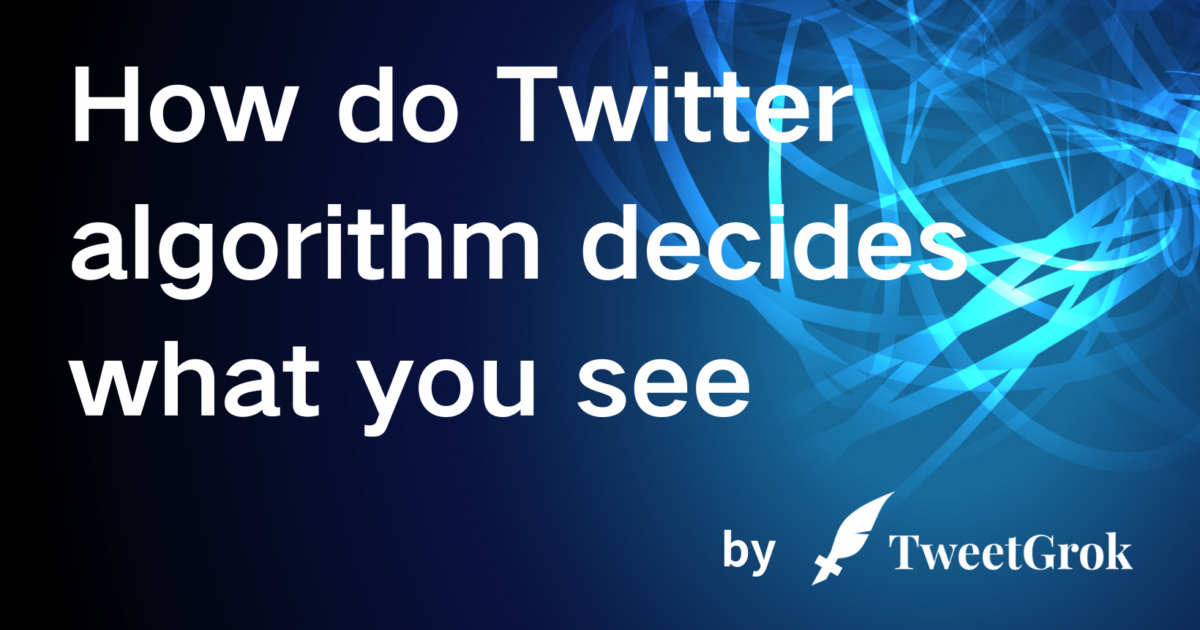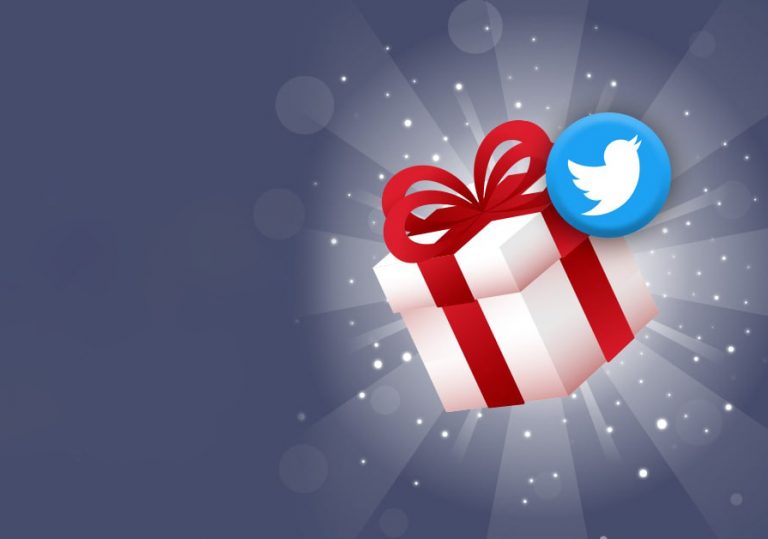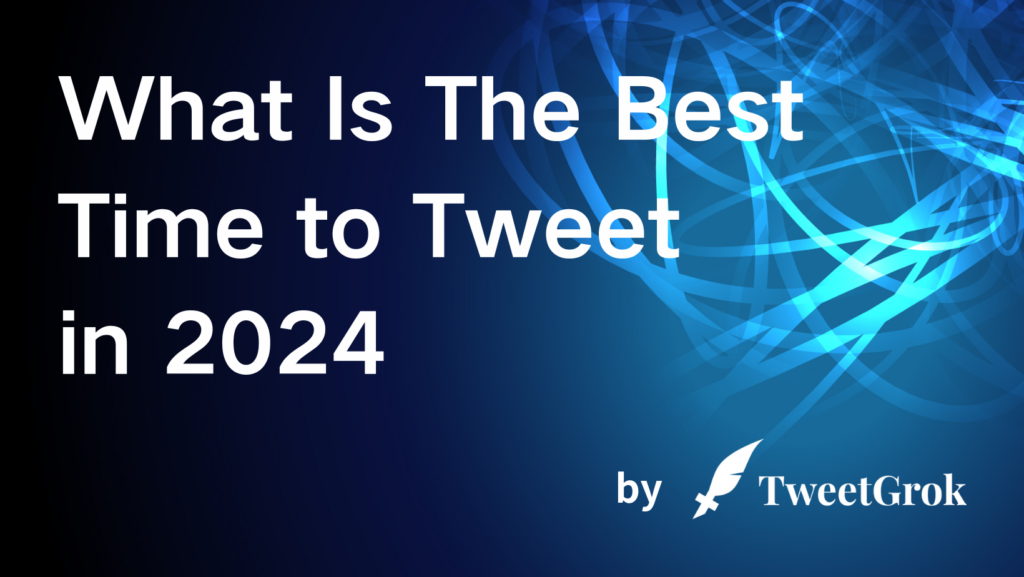
Imagine you're shouting into a whirlwind of tweets, where millions are sent into the digital ether every second. How do you make your voice heard? It's not just about what you say but when you say it. If you've been following the age-old advice of tweeting at 11 am, hoping to catch the lunchtime crowd, it's time for a rethink.
In a world where Twitter (now X) is a bustling marketplace of ideas and engagement, timing is everything. But don't worry, you're not left to navigate this alone. Recent studies, including an extensive analysis by Buffer and a deep dive into 50,000 Twitter accounts, reveal startling insights about the best times to tweet for maximum impact.
This isn't about adding to the noise. It's about strategic echoes that reach further, resonating with your audience when they're most attentive. From uncovering the prime time slots that promise higher clicks and engagement to personalizing your posting schedule based on nuanced analytics, we've got the roadmap.
Dive into our guide, where we blend fresh research with practical strategies, ensuring your tweets not only take flight but soar.

1. Why Is It Important to Tweet at The Right Time?
Getting the hang of Twitter's algorithms and how folks interact on the platform really highlights why timing is everything in your social media game. With Twitter bringing back the old-school chronological feed while still keeping the "Home" feed that shows you stuff based on what you like, there's a real art to when you should drop your tweets.
The "Home" feed loves to show off tweets that get a lot of love early on. So, if your tweet starts getting clicks and retweets right after you post it, there's a good chance it'll get seen by even more people, not just your followers.
So, cracking the code on when your peeps are most likely to be scrolling through Twitter can seriously boost how far your content goes and how many folks engage with it. It's all about playing smart with the timing, knowing the ins and outs of Twitter's feeds, and using data to back up your moves. If you're trying to get your message out there more effectively, nailing this strategy is key.
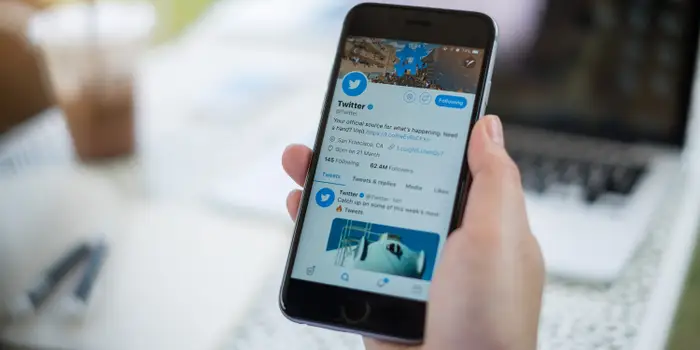
2. What Is the Average Best Time to Tweet?
Wondering about the golden hours to tweet? Well, you're not alone. The quest for the perfect tweet time is akin to finding a needle in a digital haystack. But fear not, we've got some insights that might just help you hit that sweet spot.
First off, let's bust a myth: there's no magical, one-size-fits-all time to post on Twitter. Your audience is as unique as your content, meaning the best time to tweet varies. However, armed with a mix of industry studies, analytics, and a pinch of trial and error, you can discover your prime tweeting time.
Dive Into the Data
A myriad of studies, including our own deep-dive analysis, suggests some general timeframes that could work as a starting point. For instance, we found that tweets tend to perform well on weekdays during the morning commute (around 8 AM to 10 AM) and the evening wind-down (around 6 PM to 9 PM). Weekends can be hit or miss, but if you're going to try, aim for the late morning to early evening stretch (9 AM to 10 PM).
But here's where it gets interesting. According to a study by Sprout Social, engagement can vary widely based on your industry, audience demographics, and even the content type. They suggest tweaking your tweet times based on real-time engagement data specific to your followers.
Time Zone Tango
Got a global audience? Time zones can turn your tweeting schedule into a juggling act. It's crucial to identify where the majority of your audience resides and adjust your posting schedule accordingly. Tools like Followerwonk and Tweriod can offer insights into when your followers are most active online. This is a list of the most popular hours for each of the major time zones:
- Los Angeles, San Francisco, etc. (Pacific Time): 2:00 a.m.
- Denver (Mountain Time): 7:00 p.m.
- Chicago (Central Time): 2:00 a.m.
- New York, Boston, Atlanta, Miami, etc. (Eastern Time): 11:00 p.m.
- Madrid, Rome, Paris, Berlin, etc. (Central European): 2:00 a.m.
- Cape Town, Cairo, Istanbul, etc. (Eastern European): 8:00 p.m.
- Sydney (Australian Eastern): 2:00 a.m.
- Hong Kong (Hong Kong Time): 5:00 a.m.
- Shanghai, Taipei, etc. (China Time): noon
- Tokyo (Japan Time): 8:00 a.m.
The Trial and Error Technique
Here's the deal: the only surefire way to pinpoint your best posting time is through good old experimentation. Use Twitter Analytics to track the performance of your tweets at different times and days. Look for patterns in engagement rates and adjust your strategy as you go. Remember, what worked last month might not work this month. Stay flexible and keep testing.
Quick Tips for Timing Your Tweets
- Morning Commutes: People often scroll through Twitter on their way to work. Try posting between 8 AM and 10 AM on weekdays.
- Lunch Breaks: Another high-engagement window is during lunch hours, around noon to 1 PM.
- Evening Wind Down: As people relax at home, they're more likely to engage with content posted between 6 PM and 9 PM.
- Weekend Strategy: If posting on weekends, aim for a broader window, from late morning to early evening.

3. What Is the Best Time to Tweet for Engagement?
Ever scratched your head, wondering when's the best time to drop that tweet for max engagement? Well, you're in good company. In the vast, buzzing world of Twitter, timing isn't just everything—it's the only thing if you're aiming for those sweet, sweet interactions. But fret not, we've been on a data-digging spree to bring you some golden nuggets on the art of timing your tweets.
The Night Owl Strategy
Turns out, the Twitterverse is teeming with night owls. Our data crunching reveals that tweets sent between the mysterious hours of 2:00 and 3:00 a.m. snag the most engagement. Yep, you read that right. While the rest of the world is in dreamland, the Twitter realm is wide awake, ready to click, favorite, retweet, and reply.
The "Wee Hours" Window
Diving deeper, we've unearthed that the prime time for Twitter engagement actually stretches from 11:00 p.m. to the wee hours of 5:00 a.m., peaking precisely between 2:00 and 3:00 a.m. It's like the Twitter equivalent of a late-night infomercial effect—less noise, more focus on your message.
Work Hours: The Silent Zone
Here's a pro tip: avoid the 9-to-5 grind time. Our findings are loud and clear—the workday hours are when tweets go to die, engagement-wise. It seems everyone's too busy chasing deadlines to scroll through Twitter. So, if you're aiming for eyes on your tweets, daytime's not your playtime.
Crafting the Perfect Tweet
Now, knowing when to tweet is half the battle. The other half? That's where your creativity kicks in. Make sure your tweets are not just timely but also engaging, thought-provoking, and, most importantly, aligned with your brand's voice. The effort you put into crafting that perfect tweet will pay off when your audience is most receptive. For creating the perfect tweet, you can try our tool AI Twitter Generator. AI Tweet Generator is an advanced Twitter generator that can generate interesting tweets by simply inputting simple topics. Powered by ChatGPT, an artificial intelligence language model developed by OpenAI.
The Golden Rules:
- Embrace the Night: Aim for those late-night to early-morning hours for maximum engagement.
- Avoid Daytime Drama: Skip the 9-to-5 window to keep your tweet from getting lost in the workday noise.
- Quality + Timing = Winning Combo: Pair great content with strategic timing for the best engagement results.
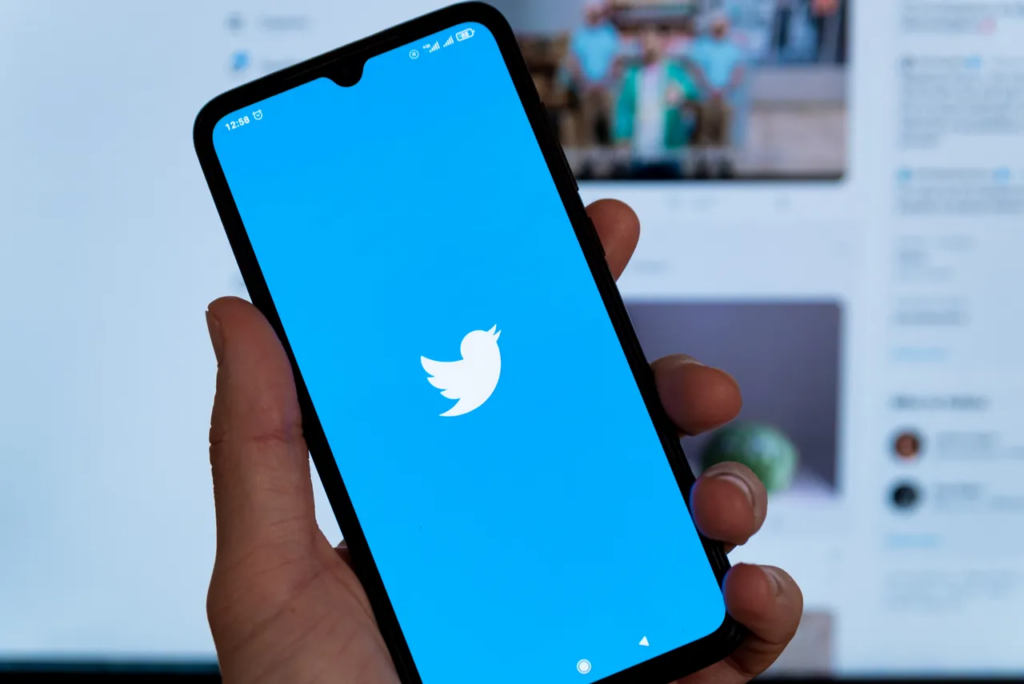
4. Best Times to Tweet by Industry
Your exploration into the Twitterverse is spot on! Timing isn't just a tick on the clock; it's about syncing your tweets with your audience's lifestyle and habits, ensuring they land at just the right moment. Whether you're a tech guru sharing the latest gadget news, a retail brand promoting weekend sales, or an educator providing morning inspiration, knowing when your audience is most receptive can turn your tweets from unnoticed to unforgettable.
- Technology: The digital realm's most engaged periods for the tech-savvy audience are during lunch hours (approximately 12 to 1 PM) and as they transition into evening activities (5 to 6 PM) on weekdays. This timeframe represents peak activity when tech enthusiasts are actively seeking updates on the latest technological advancements, gadgets, or software releases, often while in transit or in brief intervals between professional commitments.
- Retail: For professionals in the retail sector, the weekend, particularly Saturday mornings to afternoons, offers a prime opportunity for engagement. This period is when consumers are most actively searching for shopping deals or indulging in retail therapy, making it an optimal time for retail brands to capture their attention.
- Educational: The early hours of weekdays, from 7 to 9 AM, stand out as a critical engagement window for educators, students, and parents. During these hours, the educational community is most receptive to content that inspires or provides valuable resources, setting a positive tone for their day.
- Finance: In the finance industry, the most opportune moments for engagement are just before the stock market opens (8 to 9 AM) and after it closes (4 to 6 PM) during the weekdays. These times are when individuals interested in finance are actively seeking insights, updates, and analyses on market trends, positioning these windows as key for impactful communication.
- Health and Wellness: Encouraging early morning routines or health-conscious behaviors is most effective during the early morning hours of weekdays, from 6 to 8 AM. It's within this timeframe that health and fitness enthusiasts are looking for motivation and tips to start their day on the right note.
- Entertainment: For content related to entertainment, the evenings (7 to 9 PM) and weekends serve as the optimal engagement periods. During these times, audiences are in relaxation mode and more open to exploring new entertainment options, such as movies, shows, or music, making it an ideal time for content dissemination in this sector.
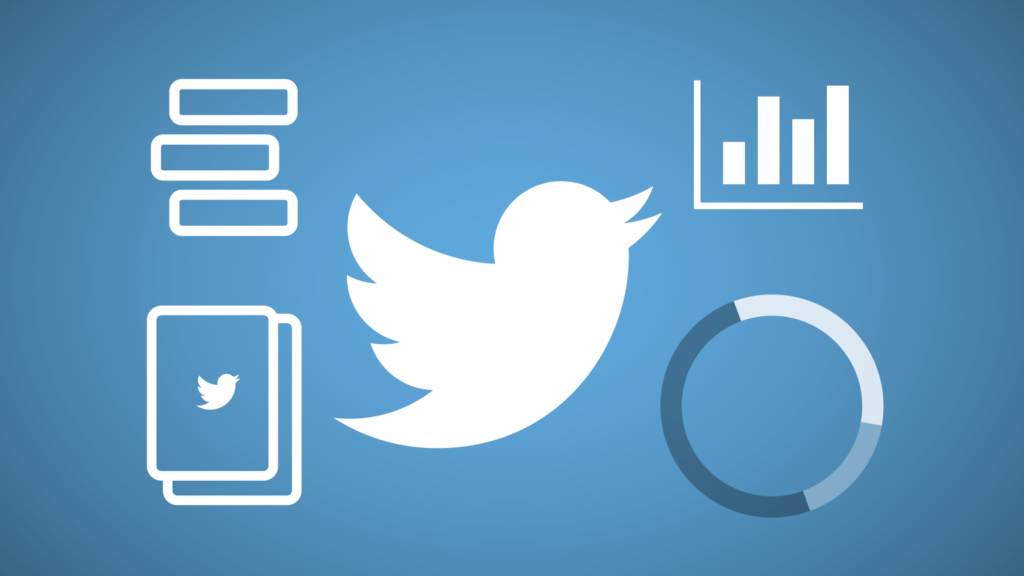
By tailoring tweet schedules to these sector-specific engagement windows, professionals can significantly enhance their visibility and interaction with their target audience, leveraging these insights for strategic communication and engagement.
